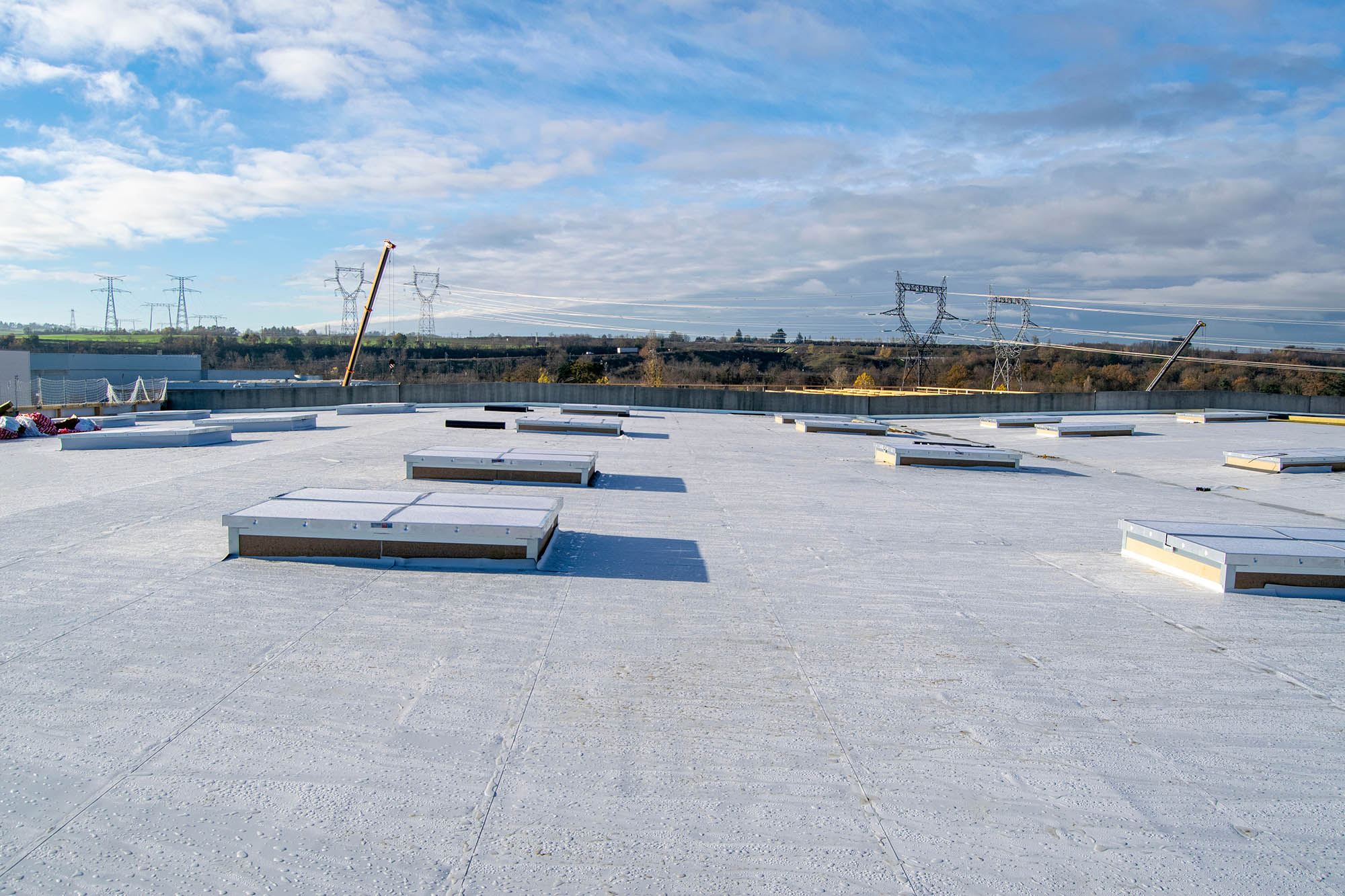
Industrial buildings with flat roofs often face challenges related to leaks and water intrusion. Detecting and repairing roof leaks promptly is crucial to prevent further damage to the structure, machinery, and valuable assets within the facility. In this article, we will explore the key strategies and considerations for effective industrial flat roof leak repair.
1. Identifying the Source of the Leak:
Before initiating repairs, it is vital to identify the exact source of the leak. Although water stains inside the building can give a general idea, thorough inspection by a professional roofing contractor is recommended. They will examine the roof’s condition, inspect potential problem areas, and use specialized techniques like infrared thermography to locate the precise source of the leak.
2. Regular Maintenance and Inspections:
Prevention is always better than cure. Regular maintenance and inspections are essential for identifying potential issues before they escalate into major problems. Industrial flat roofs should be inspected at least twice a year, ideally before and after the rainy season. A comprehensive inspection includes checking for cracks, damaged or deteriorated roofing materials, blocked drains, and other signs of wear and tear.
3. Repairing Small Cracks and Damage:
Small cracks and damage to the roofing membrane should be addressed promptly to prevent water infiltration. Depending on the roof type, repair methods may include sealing cracks with appropriate sealants, applying patches or coatings, or replacing damaged sections. It is essential to use compatible materials that adhere well to the existing roofing system to ensure a reliable and long-lasting repair.
4. Roof Coatings and Membrane Restoration:
Roof coatings can provide an additional layer of protection against leaks and extend the life of the roof. Coatings are typically applied directly to the existing roof membrane, creating a seamless and waterproof barrier. They can reflect sunlight, reduce thermal stress, and improve energy efficiency. Membrane restoration systems, such as liquid-applied membranes or spray foam, can also rejuvenate aging flat roofs and reinforce their waterproofing capabilities.
5. Drainage and Ponding Issues:
Improper or inadequate drainage is a common cause of flat roof leaks. Ponding water on the roof can put excessive stress on the membrane, leading to deterioration and leaks over time. It is crucial to ensure that the roof has adequate slope for water runoff and that the drainage systems, including gutters and downspouts, are clear and functioning correctly. Installing additional drains or improving the existing drainage system may be necessary to address persistent ponding issues.
6. Professional Roofing Contractor:
Industrial flat roof leak repairs are complex tasks that require specialized knowledge and expertise. Hiring a professional roofing contractor with experience in industrial roofing systems is highly recommended. They will have the necessary skills, tools, and safety equipment to carry out repairs efficiently and effectively. Moreover, professional contractors can provide valuable advice on maintenance practices, long-term solutions, and potential upgrades to enhance the roof’s performance.
Conclusion:
Industrial flat roof leak repair is a critical aspect of maintaining the integrity of industrial buildings. Promptly identifying and addressing leaks can prevent costly damage to the structure and assets. Regular inspections, proactive maintenance, and strategic repairs using appropriate materials and techniques are essential for a reliable and long-lasting solution. By partnering with a professional roofing contractor, industrial facility owners can ensure that their flat roofs remain watertight and protected for years to come.
—


